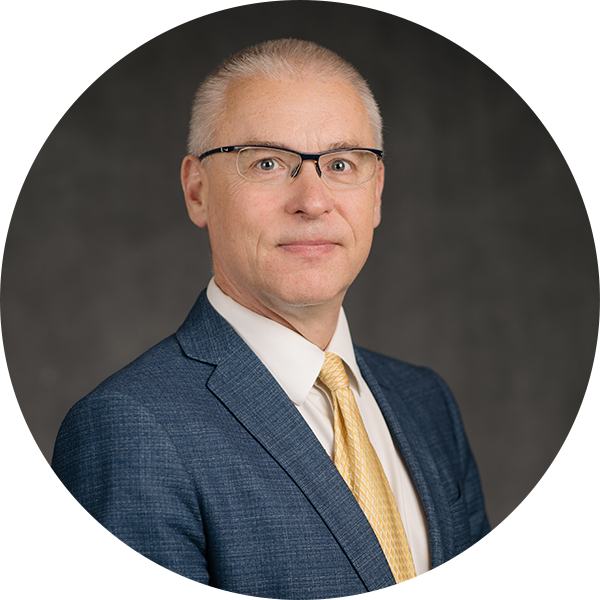I’m pain-free. Amen.
The sudden stabbing sensation left Mary Lou Peterson screaming in sheer agony.
It was the first of many of what became unpredictable episodes of searing facial pain triggered by the littlest thing, like brushing her hair.
The Minneapolis woman, then 57, would learn she had trigeminal neuralgia (TGN), a rare nerve disorder that disrupts every aspect of your life.
But because it can’t be seen and often mimics other facial pain disorders, it would take Mary Lou 10 years to find relief.
Two things saved her: One was involvement in a self-help group called the Facial Pain Association. The other was an M Health Fairview and University of Minnesota vascular neurosurgeon.
His name is Dr. Andy Grande.

She was afraid to have anything done – and yet was living with this pain.
Innovative research to develop life-saving medicine gets all the headlines at the University of Minnesota.
But, if you ask Mary Lou, simple human compassion from people driven to relieve suffering like hers is the bigger story.
The doctor’s presence gave Mary Lou the courage and trust to overcome her fear of a surgical procedure to relieve her pain.

You never know when it’s going to strike.
Trigeminal neuralgia is named after the nerve that supplies sensation to our faces.
It has three branches – one above the eye, one above the mouth and one down the cheek.
Doctors are still trying to figure out what causes the nerve to suddenly go awry.
But they have seen, at least in some MRIs, including Mary Lou’s, evidence of an artery or a vein compressing the nerve.
What makes diagnosis so difficult is that not all people with a compromised nerve experience pain. And, conversely, not all people with pain have a compromised nerve.
Whatever the case, the excruciating pain, whether it strikes several times a day or waits for a month to ambush you, can last anywhere from a few seconds to a few hours.
“It’s horrific,” Dr. Grande says. “And to make matters worse, it often takes patients years to get an accurate diagnosis.”

Recurrence is a possibility. But we have a Plan B, a Plan C.
Mary Lou’s treatment, called a microvascular decompression, involved surgery to move the vein or artery pushing on her nerve.
That was done at the nationally renowned M Health Fairview University of Minnesota Medical Center, with support from its Multidisciplinary Facial Pain Clinic.
Besides providing consultation, the team, which includes Dr. Grande, researches new treatments for trigeminal neuralgia, as well as diagnostic tools for earlier intervention.
The result: Mary woke up from the surgery pain-free and has remained that way for more than 10 years.
“While there are no guarantees, when successful it’s the most rewarding population to treat, ”Dr. Grande says. “You’ve just given them their life back.”

You’re not alone.
Mary Lou will always wonder if the profound stress of losing her husband to cancer triggered the disorder.
Despite everything, her delay in getting the surgery resulted in something she is grateful for.
It led her to the self-help group, where she not only found strength and hope, but has been able to provide the same for those who came after her.
“It’s my journey,” Mary Lou says. “And my journey has been and will be for the rest of my life for people with facial pain to contact me if they need help because I have been there.”
PUTTING DISCOVERY INTO PRACTICE
M Physicians are an extension of the University of Minnesota Medical School. As Medical School faculty, they are always looking for new and better ways to treat patients, whether in the laboratory or the clinic. And through clinical trials, cutting-edge therapies are sometimes available to patients when the standard of care is no longer enough.
What is Academic Medicine?
Most medicine is practiced within what is called “the standard of care.” Simply put, “standard of care” is the treatment that is commonly accepted for treating illness. This is a good thing! It means that patients receive treatments that are known to be generally effective and reliable.
The goal of academic medicine is to treat patients while looking for better therapies. It takes the toughest problems from the clinic and looks for solutions in our research. Many of our physicians — leaders in their fields — are also scientists.
When a patient faces an illness that requires treatment that exceeds the standard of care, academic medicine can provide access to newer therapies.

Neurosurgery, M Health Fairview


